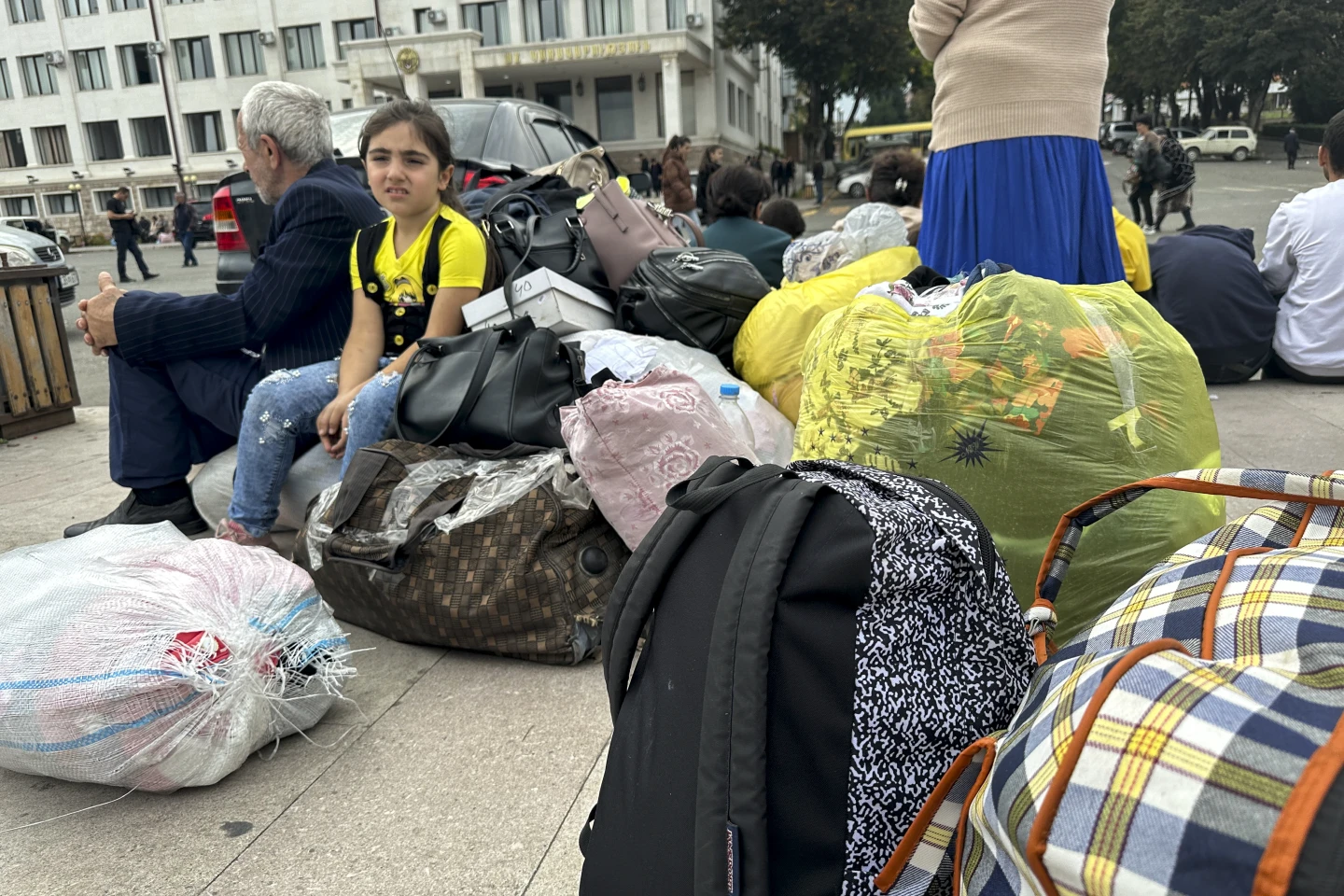A dramatic imagery of movement of massive number of civilians to Armenia have as the consequence of the recent hostilities in the region.
Approximately 19,000 refugees, encompassing women, children, and the elderly, departed from the Karabakh Economic Region in the Republic of Azerbaijan earlier this week, according to reports.
Nagorno-Karabakh, situated within Azerbaijan’s borders, has functioned semi-autonomously for many years under its de facto government. This reflects the evolving power dynamics in the Caucasus, where American, Russian, and Turkish interests intersect.
However, a statement issued on Thursday by ethnic Armenians in the Nagorno-Karabakh region stated that their recognized self-declared Republic of Artsakh would “cease to exist” from January 1st. This development follows the region’s president signing a decree to dissolve its state institutions in the wake of its defeat to Azerbaijan.
Ilham Aliyev, the president of Azerbaijan, views this outcome as a victory in the process of reclaiming sovereignty over a region that is acknowledged internationally as part of Azerbaijan’s territory. However, this area had achieved de facto independence with an ethnic Armenian majority following a war in the 1990s.
Furthermore, as Russia’s RIA news agency reported, around 70,500 people had crossed into Armenia by Thursday afternoon, out of an estimated population of 120,000.
History of the conflict
The origins of this conflict can be traced back to the period of the Soviet Union’s dissolution when the majority Armenian-Christian population in the enclave conducted a referendum to secede from the predominantly Shia Azerbaijan. Consequently, the region came under the governance of a de facto administration.
Such conflict could prove to be destabilizing for this region of Caucus, potentially disrupting energy exports – oil and gas from Azerbaijan to Central Asia as well as Europe.
The convergence of interests involving the United States, Russia, and Turkey in this region has created a complex situation. Russia is bound by a treaty to defend Armenia in the event of military escalation, while Turkey has committed to supporting Azerbaijan. Moreover, the United States’ vocal backing of Armenia in recent years could add complications to the peace-building efforts in the area.
Additionally, Turkey’s increasing influence in the Caucasus, coupled with Russia’s engagement in the Russia-Ukraine conflict in its western region, has resulted in a significant reduction of Russian presence in this area.
Recognizing the shifting geopolitical landscape in the region, Baku took the initiative to seize control of the enclave. Consequently, on September 19th, Azerbaijan initiated an “anti-terrorist” offensive operation in the Nagorno-Karabakh region. Within just two days, Baku successfully reasserted its authority over the entire region.
Amid “ethnic cleansing” accusations Baku denied all the allegations, reiterating that it is not forcing people to leave their home. In addition, mentioned peacefully reintegrate the Karabakh region and guarantee the civic rights of the ethnic Armenians.
Nevertheless, residents in the area, mindful of the extensive history of violence between the opposing factions, which includes two conflicts since the Soviet Union’s dissolution, remain skeptical of the assurances made.

